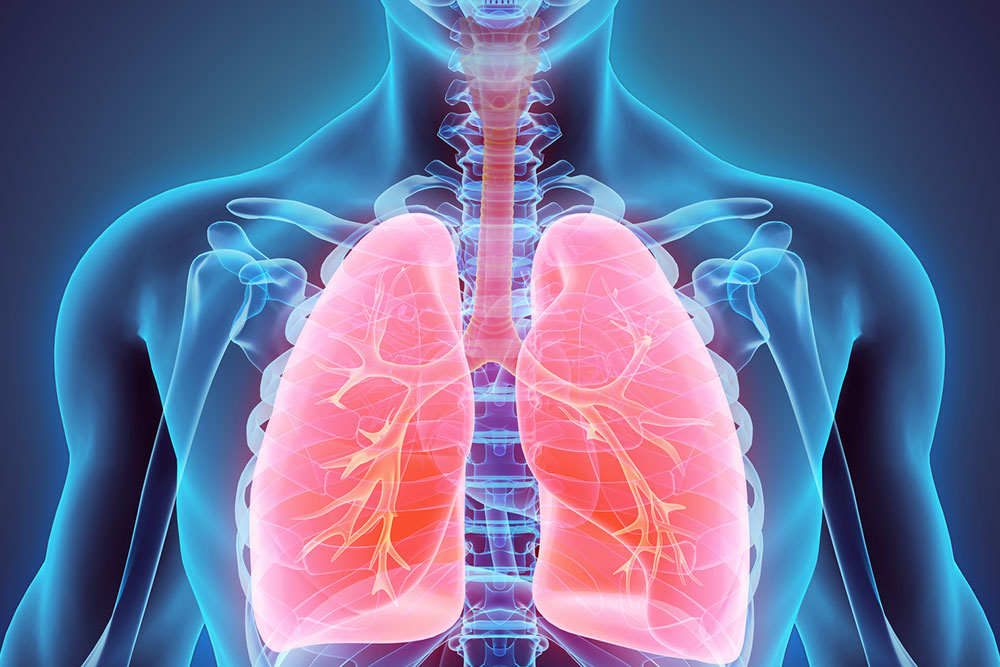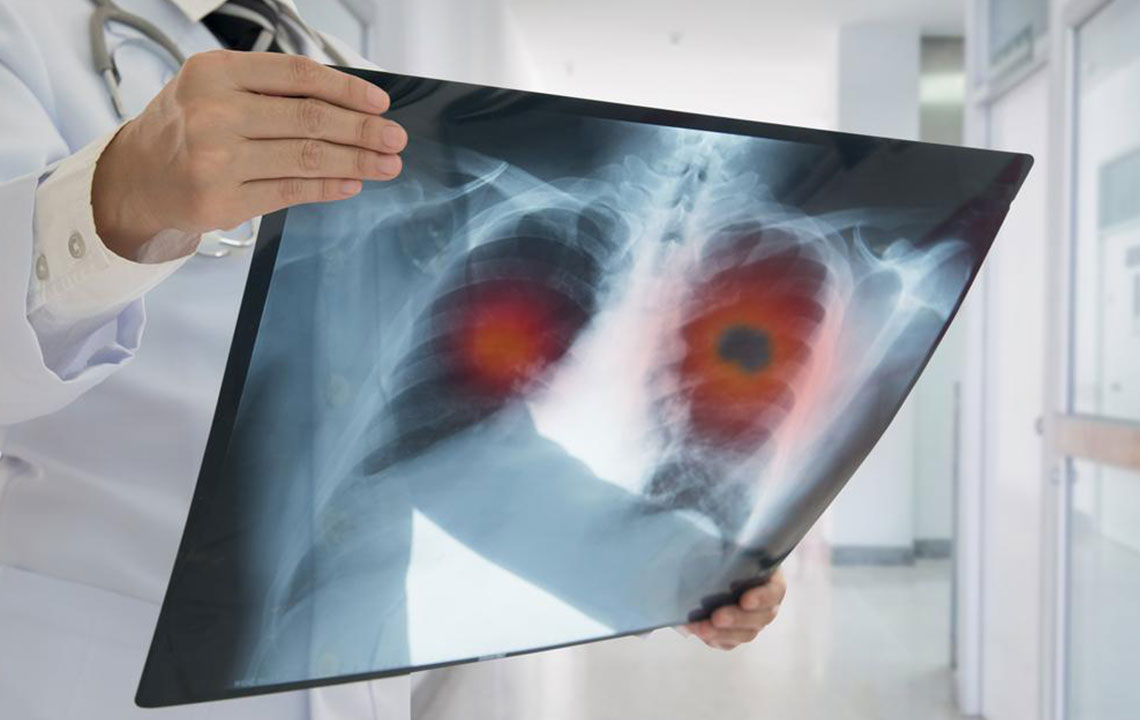Comprehensive Guide to Non-Small Cell Lung Cancer: Causes, Symptoms, and Treatment Options
This article offers an in-depth overview of non-small cell lung cancer, including its causes, symptoms, diagnosis, and treatment options. Recognizing early signs and seeking prompt medical attention are vital for improving prognosis and outcomes in patients with NSCLC.

Comprehensive Guide to Non-Small Cell Lung Cancer: Causes, Symptoms, and Treatment Options
Non-small cell lung cancer (NSCLC) is the predominant type of lung cancer, representing around 80-85% of cases. It develops when lung cells grow abnormally and proliferate uncontrollably, often spreading beyond the lungs. Subtypes include adenocarcinoma, squamous cell carcinoma, large cell carcinoma, and sarcomatoid carcinoma. Early diagnosis significantly influences the prognosis and effectiveness of treatment.
Risk factors for NSCLC mainly involve smoking and exposure to hazardous substances like radon, asbestos, air pollution, and industrial dust. The disease progresses gradually, making early detection difficult, as symptoms are often subtle or mistaken for other respiratory conditions.
Typical signs include a persistent cough that worsens, chest pain that intensifies during coughing or deep breaths, hoarseness, and breathing problems such as shortness of breath or wheezing. Other indications involve unexplained weight loss, fatigue, poor appetite, and recurrent lung infections that resist treatment. If the cancer spreads, symptoms like headaches, bone pain, jaundice, or numbness in limbs may occur.
Diagnosis involves physical assessments, patient history, and imaging tests like X-rays, CT, MRI, and PET scans to evaluate the disease spread. Confirmatory tests include sputum analysis and biopsies. Treatments are tailored to the stage and typically encompass surgery, radiation, chemotherapy, targeted therapies, and laser treatments to remove or control cancer cells.
Early detection and awareness of lung symptoms are crucial, as initial signs are often similar to less severe respiratory issues. Timely medical care can enhance treatment success and patient outcomes.


